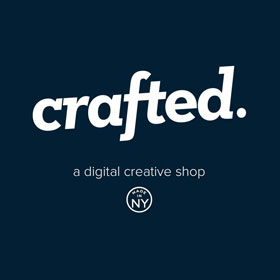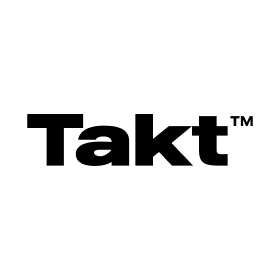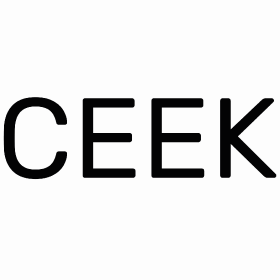
How Shopify Brands Can Prepare for the Next Wave of AI-Driven E-Commerce
The future of search is conversational, and the future of commerce is already here. What if your next customer didn’t search Google for your product, they simply asked ChatGPT? With OpenAI reportedly integrating Shopify checkout functionality directly into ChatGPT, the …

Best Ecommerce Marketing Case Studies to Inspire You
Today, both customers and companies are fulfilled with the benefits of eCommerce marketing. After getting used to visiting stores to get what we need instead of only buying online, there is an update with our behaviour. For years, we have …

How to Create Winning Ecommerce Marketing Campaigns with AI
AI is redefining how businesses operate. It has influenced nearly all verticals, such as sales, marketing, and accounting. Also, AI is being adopted across various industries, such as manufacturing, ecommerce, healthcare, and more. But today, we’ll focus solely on the …

13 Creative Ecommerce Website Designs
A list of creative ecommerce websites that are designed beautifully to connect, engage and convert customers. Who doesn’t love great aesthetics? Be it the latest Apple product or the garnishing on your food at a fancy restaurant, we are all …

How Are Advanced Technologies Changing the E-commerce Industry for the Better?
The way we do business has fundamentally changed, and so has consumer behavior. The current landscape estimates a staggering growth in e-commerce. In 2023, it is estimated that retail e-commerce sales will exceed $5.8 trillion, and by 2027, sales are …

How to Use UGC & Customer-Centric Marketing to Increase E-commerce Sales
What makes a business’s success sustainable? Is having a steady capital flow and unique products enough? No. Customers will turn to other brands if their experience on your website or with your campaigns is not smooth and relevant enough. Your …

Top 12 E-Commerce Marketing Agencies for Retail Success
81% of shoppers research online before buying. But, are they finding you? If not, I have bad news: They’re choosing your competitors. E-commerce marketing makes sure they find you instead. It drives traffic, builds trust, and turns visitors into loyal …

5 Strategies to Land More Ecommerce Clients in 2025
A flashy portfolio isn’t going to cut it when it comes to gaining more ecommerce clients. Agencies need to prove their expertise in driving online sales and demonstrate an understanding of the unique challenges ecommerce businesses face. From navigating seasonal …

Black Friday Marketing Strategy: Inspiring Ideas, Campaigns and Best Practises
As the holiday shopping season approaches, Black Friday is poised to be again a major sales event. According to Salesforce, 63% of consumers plan to shop on Black Friday in 2023, highlighting the significance of this event for businesses of …

How to Write a Business Plan for Your E-commerce Store
Have you ever scrolled sites like Etsy or Amazon and thought, “I could sell something like this”? Starting your own e-commerce store might feel difficult—especially writing a business plan. But think of a business plan as your game plan. It …

Top 9 E-Commerce SEO Agencies & Case Studies That Tell Success Stories
Boosting an e-commerce business requires extra attention to every tiny detail. From product descriptions, videos, and reviews to rocketing the website’s speed and ensuring it’s optimized with the right SEO keywords, every aspect of your e-commerce store’s SEO needs careful …

How to Find E-commerce Clients: 8 Tips for Agency Success!
Global sales are expected to skyrocket to $6.8 billion by 2025; for e-commerce businesses and e-commerce marketing agencies, this is an incredible opportunity to grow! However, it’s not always easy to stand out and attract e-commerce clients in such a …
























